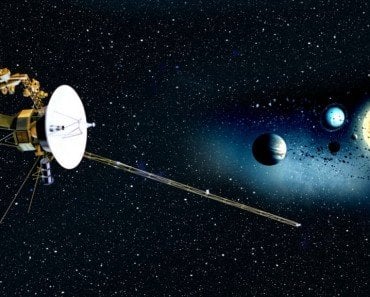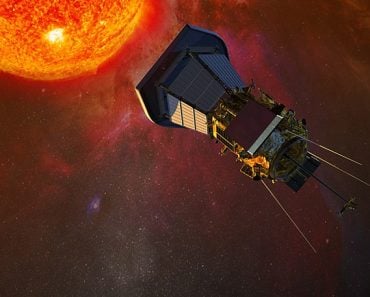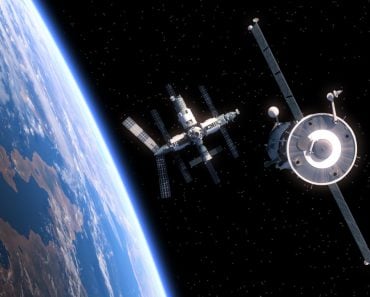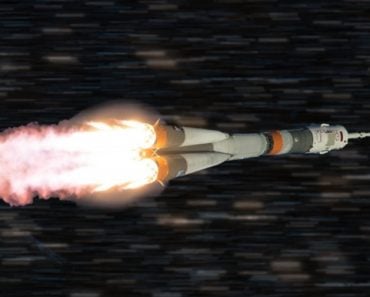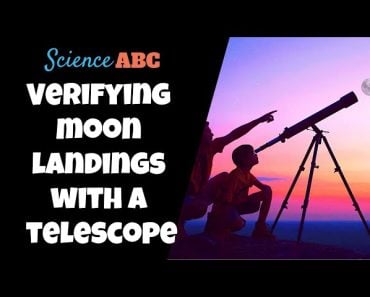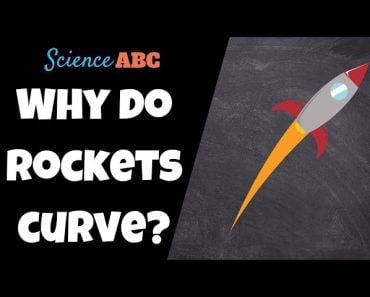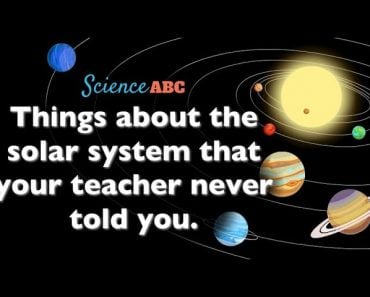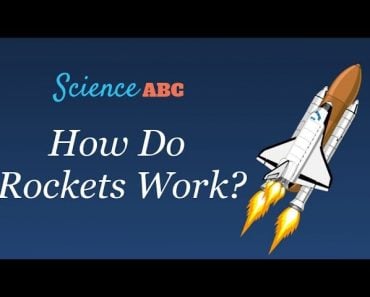Table of Contents (click to expand)
Space probes are guided by dedicated units of trained ‘space’ personnel on the ground. Communication with distant space probes takes almost a day, so if there is a problem, it could be serious.
You might already know that the man-made object that has gone farthest in space is Voyager 1. Launched by NASA in 1977, it crossed the heliopause in 2012 to become the first space probe to enter the interstellar medium. As of October 6, 2017, it has been functioning for 40 years and 1 month (check its latest Mission Elapsed Time at this webpage maintained by NASA). Another space probe, Voyager 2, was also launched in 1977, and remains the only spacecraft to have visited either of the ice giants.
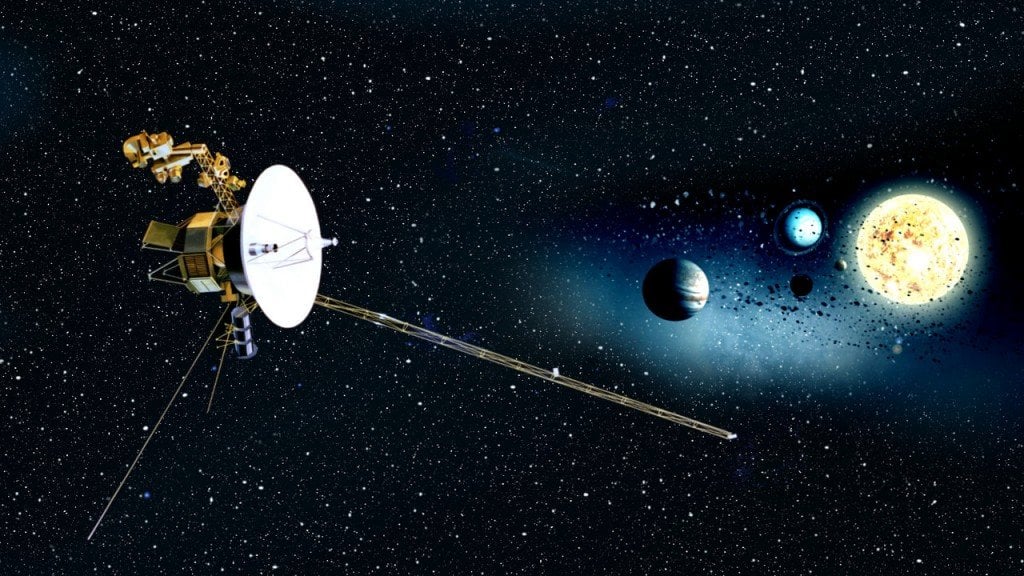
There are a few other space probes that have reached, or are about to reach, the ‘boundary’ of our solar system, which is extremely far away, as you can imagine. Now, space probes, by definition, are robotic spacecraft, meaning that they don’t have humans onboard. Therefore, naturally, such space probes are guided by dedicated units of trained ‘space’ personnel on the ground.
Recommended Video for you:
Communication With Distant Space Probes
As mentioned earlier, these space probes keep flying away from Earth and are now millions and millions of miles away. Even so, we are able communicate with these space probes through radio waves, which are a type of electromagnetic radiation, and therefore travel at the speed of light. (Read more about communication with space probes here: How Do Space Probes Send Signals To Earth?)
That being said, just as light from the sun takes 8 minutes to reach the Earth, radio signals from space probes also take time… a lot of it! For instance, as of today, a signal from Voyager 1 takes around 20 hours to reach Earth!
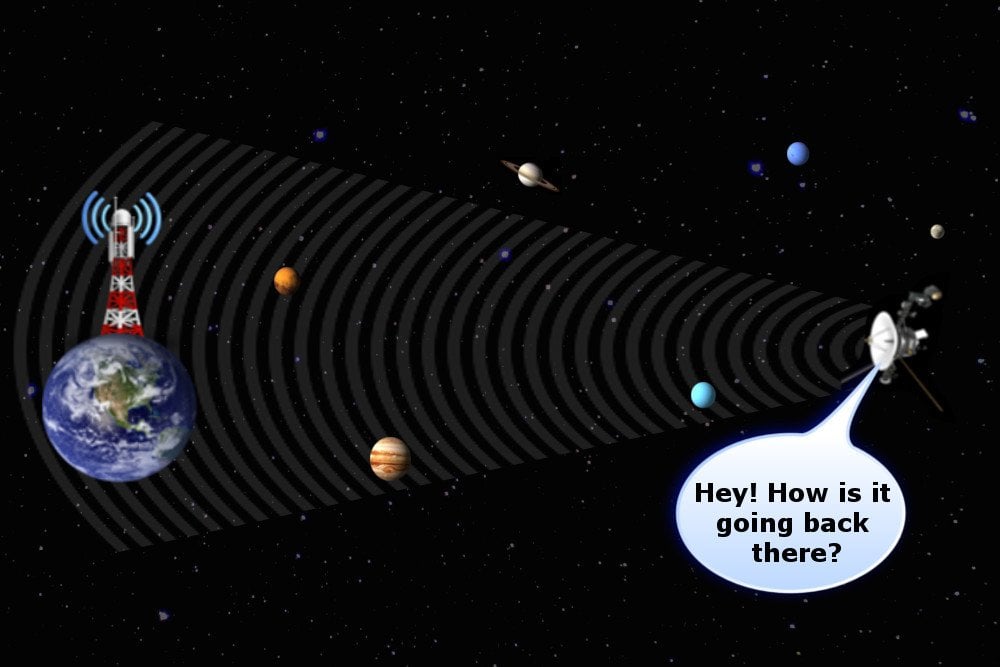
Now, we know that space probes are controlled by ground units back on Earth, and we also know that it takes almost a day for a signal sent by us to reach those probes. With that in mind, how are space probes guided or course-corrected if there is such a huge input lag?
Space Is Mostly Empty
No matter what movies and TV shows have led you to believe about spacecraft dodging a dense network of asteroids and other clusters of dangerous, tightly-packed celestial bodies, one unmistakable truth of life is that space is mostly empty (Source).
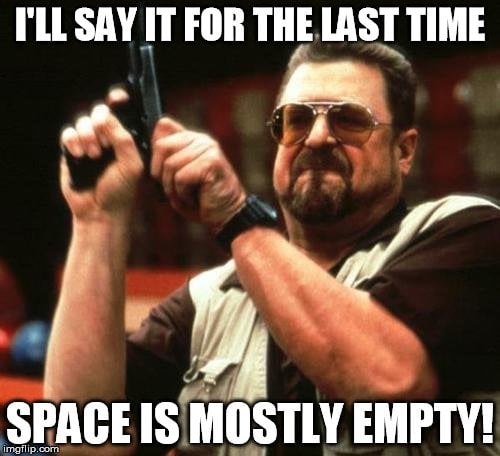
It’s not like space probes have to navigate tight spaces between adjacent celestial bodies; they also never run too close to any celestial object to be able to be affected by its gravity.
Routes Of Space Probes Are Predictable
Astronomers and space personnel put in a huge amount of effort (months or even years or work) to design the course that a space probe takes. Since they know the relative positions of many members of our solar system, they do tons of calculations to determine routes for a space probe where it will encounter little or no surprises.
Astronomers know exactly what path their space probe follows, so they can predict the probe’s future encounters with other objects well in advance. Suppose that astronomers observe that a comet is approaching their probe. Since such comets and other celestial objects are usually detected when they’re still thousands of miles away from the probe, ground personnel have ample time to readjust the probe’s course so that the object flies by without impacting the probe in any way.
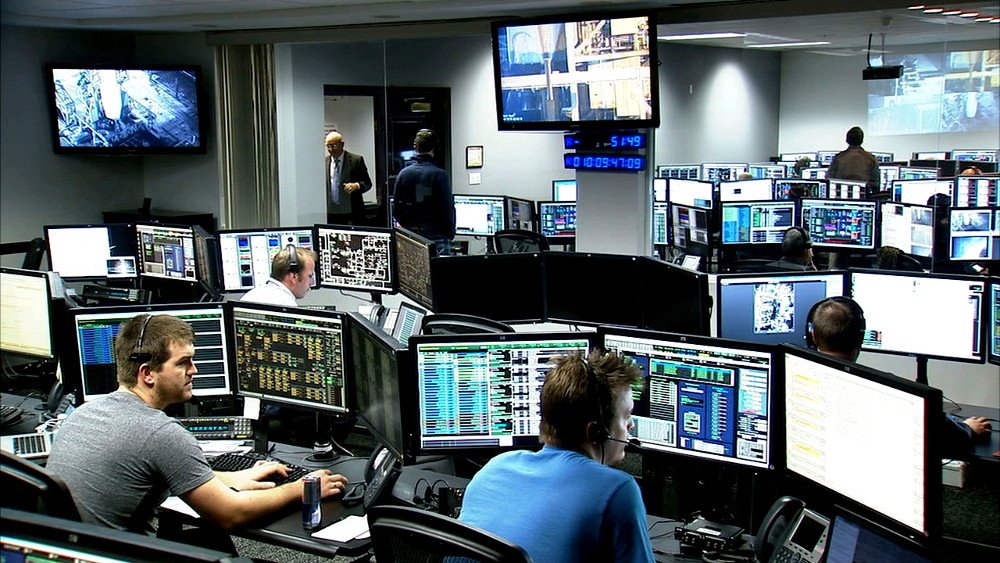
That’s why an input lag of 20 hours is not a problem for guiding space probes like Voyager 1 and Voyager 2. If, however, a space probe does encounter an object that suddenly appears in its path out of thin air, then the input lag of 20 hours would certainly be cause for concern!
References (click to expand)
- NASA - NSSDC - Spacecraft - Trajectory Details - nssdc.gsfc.nasa.gov
- The Spacecraft - Voyager 1 - NASA. The Voyager program
- UI instrument aboard Voyager 1 spacecraft marks 40 years of .... The University of Iowa
- The Voyager Probes: A 35 Year Galactic Road Trip. Harvard University
- Voyager 1 Spotted from Earth with NRAO's VLBA and GBT .... nrao.edu


